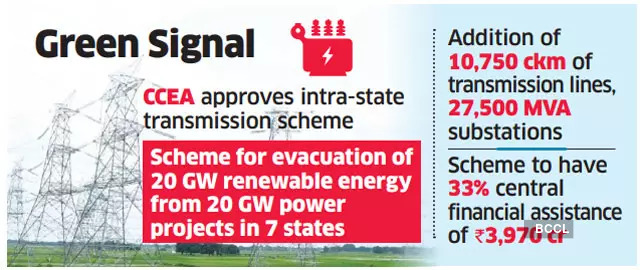Free Courses Sale ends Soon, Get It Now


Free Courses Sale ends Soon, Get It Now



Figure 2: No Copyright Infringement Intended
Bridge to Nepal: The Cabinet also approved the construction of a bridge over the Mahakali River on the border with Nepal.
© 2024 iasgyan. All right reserved